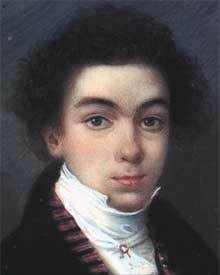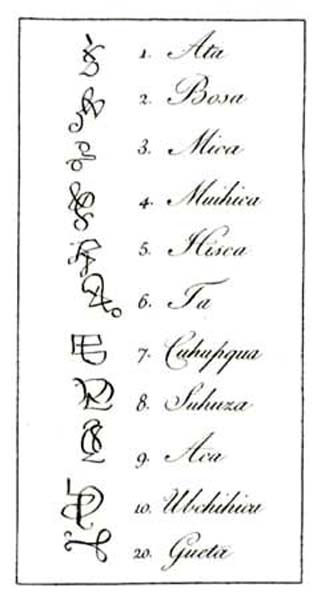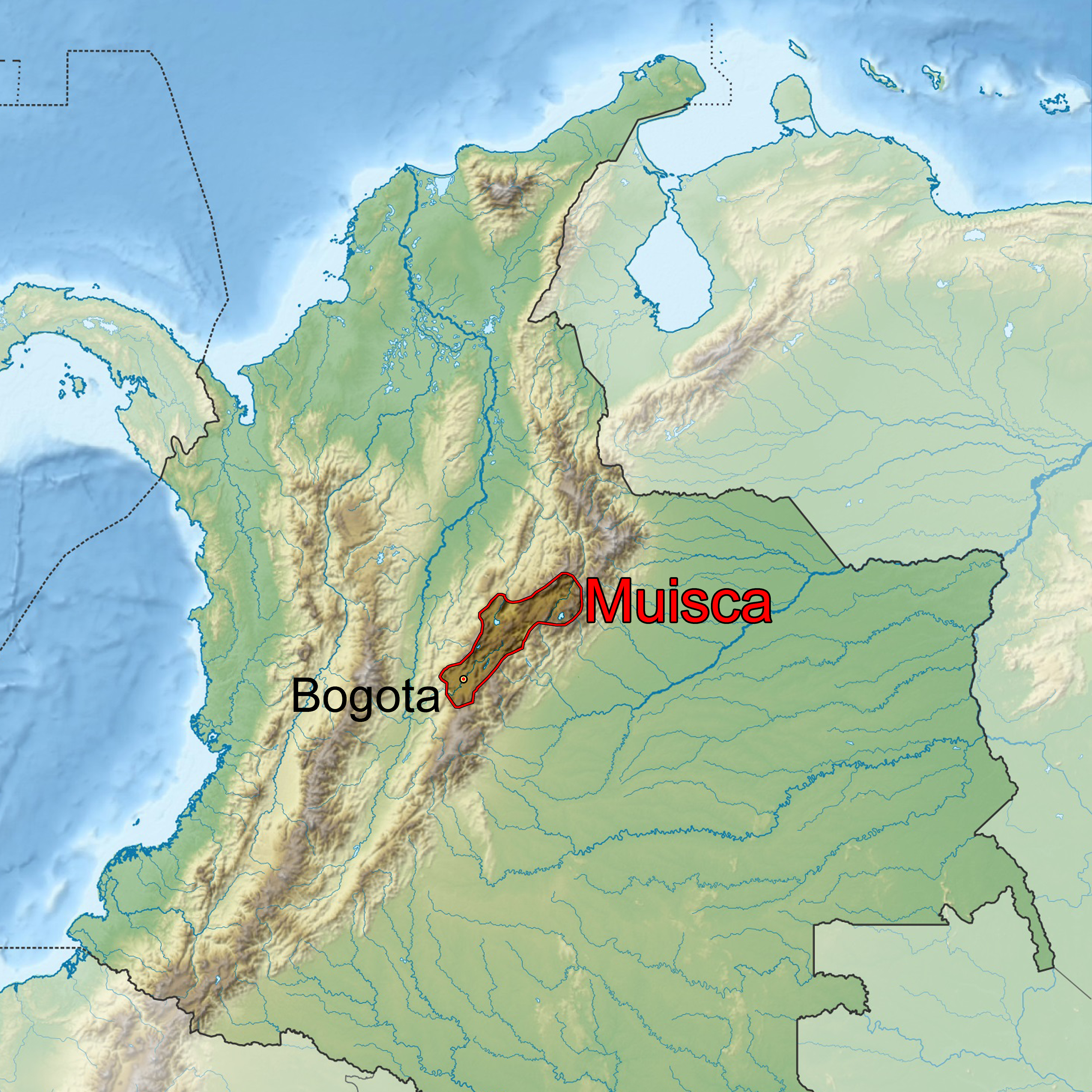|
Plaza De Bolívar, Bogotá
The Bolívar Square ( Spanish: ''Plaza de Bolívar'' or ''Plaza Bolívar'') is the main square of the Colombian capital Bogotá. The square, previously called ''Plaza Mayor'' until 1821 and ''Plaza de la Constitución'', is located in the heart of the historical area of the city and hosts a statue of Simón Bolívar, sculpted in 1846 by the Italian Pietro Tenerani, which was the first public monument in the city. The history of Bolívar Square dates back to the pre-Columbian era, when the site was part of the Muisca Confederation. The first building on the square, a primitive cathedral, was constructed in 1539, a year after the foundation of the Colombian capital. During the Spanish colonial period, Bolívar Square was the stage for circus acts, public markets and bullfights. The square is surrounded by historical buildings; the Palace of Justice is located on the northern edge and the National Capitol borders the square in the south. The Primary Cathedral of Bogotá, next to th ... [...More Info...] [...Related Items...] OR: [Wikipedia] [Google] [Baidu] |
Simón Bolívar
Simón José Antonio de la Santísima Trinidad Bolívar y Palacios (24 July 1783 – 17 December 1830) was a Venezuelan military and political leader who led what are currently the countries of Colombia, Venezuela, Ecuador, Peru, Panama and Bolivia to independence from the Spanish Empire. He is known colloquially as '' El Libertador'', or the ''Liberator of America''. Simón Bolívar was born in Caracas in the Captaincy General of Venezuela into a wealthy criollo family. Before he turned ten, he lost both parents and lived in several households. Bolívar was educated abroad and lived in Spain, as was common for men of upper-class families in his day. While living in Madrid from 1800 to 1802, he was introduced to Enlightenment philosophy and met his future wife María Teresa Rodríguez del Toro y Alaysa. After returning to Venezuela, in 1803 del Toro contracted yellow fever and died. From 1803 to 1805, Bolívar embarked on a grand tour that ended in Rome, where he swore to end ... [...More Info...] [...Related Items...] OR: [Wikipedia] [Google] [Baidu] |
Guadalupe Hill
Guadalupe Hill is a high hill located in the Eastern Hills, uphill from the centre of Bogotá, Colombia. Together with its neighbouring hill Monserrate it is one of the landmarks of Bogotá. At the top of the hill a hermitage and a high statue has been erected. The statue was elaborated by sculptor Gustavo Arcila Uribe in 1946 and is accompanied by a chapel dedicated to Our Lady of Guadalupe. Guadalupe Hill is the type locality of the Guadalupe Group, a Late Cretaceous sedimentary sequence of sandstones and shales of thick. The formation is being thrust on top of younger strata by the reverse Bogotá Fault as a result of the ongoing Andean orogeny. The hill is the source for the Manzanares and El Chuscal creeks that flow westwards onto the Bogotá savanna. Historically, Guadalupe Hill was an important sacred site for the indigenous Muisca, who inhabited the Bogotá savanna and surrounding regions before the Spanish conquest. During the colonial period, Guadalupe Hill contain ... [...More Info...] [...Related Items...] OR: [Wikipedia] [Google] [Baidu] |
Monserrate
Monserrate (named after Catalan homonym mountain ''Montserrat'') is a high mountain over 10,000 feet high that dominates the city center of Bogotá, the capital city of Colombia. It rises to above the sea level, where there is a church (built in the 17th century) with a shrine, devoted to ''El Señor Caído'' ("The Fallen Lord"). The Mountain, already considered sacred in pre-Columbian times when the area was inhabited by the indigenous Muisca, is a pilgrim destination, as well as a major tourist attraction. In addition to the church, the summit contains restaurants, cafeteria, souvenir shops and many smaller tourist facilities. Monserrate can be accessed by aerial tramway (a cable car known as the teleférico), by funicular, or by climbing, the preferred way of pilgrims. The climbing route was previously closed due to wildfires and landslides caused by a drought, but it reopened in 2017. All downtown Bogotá, south Bogotá and some sections of the north of the city are visible f ... [...More Info...] [...Related Items...] OR: [Wikipedia] [Google] [Baidu] |
Solstice
A solstice is an event that occurs when the Sun appears to reach its most northerly or southerly excursion relative to the celestial equator on the celestial sphere. Two solstices occur annually, around June 21 and December 21. In many countries, the seasons of the year are determined by the solstices and the equinoxes. The term ''solstice'' can also be used in a broader sense, as the day when this occurs. The day of a solstice in either hemisphere has either the most sunlight of the year ( summer solstice) or the least sunlight of the year (winter solstice) for any place other than the Equator. Alternative terms, with no ambiguity as to which hemisphere is the context, are " June solstice" and " December solstice", referring to the months in which they take place every year. The word ''solstice'' is derived from the Latin ''sol'' ("sun") and ''sistere'' ("to stand still"), because at the solstices, the Sun's declination appears to "stand still"; that is, the seasonal move ... [...More Info...] [...Related Items...] OR: [Wikipedia] [Google] [Baidu] |
Muisca Astronomy
This article describes the astronomy of the Muisca. The Muisca, one of the four advanced civilisations in the Americas before the Spanish conquest of the Muisca, had a thorough understanding of astronomy, as evidenced by their architecture and calendar, important in their agriculture. Various astronomical sites have been constructed on the Altiplano Cundiboyacense, the territories of the Muisca in the central Colombian Andes, but few remain today. Many archaeoastronomical places have been destroyed by the Spanish conquistadores and replaced by their catholic churches. ''El Infiernito'', outside Villa de Leyva, is the best known of the remaining sites. The Temple of the Sun in sacred City of the Sun Sugamuxi has been reconstructed. Important scholars who have contributed to the knowledge of the Muisca astronomy were José Domingo Duquesne and Alexander von Humboldt in the late 18th and early 19th century and modern researchers as Eliécer Silva Celis, Manuel Arturo Izquierdo Peña, ... [...More Info...] [...Related Items...] OR: [Wikipedia] [Google] [Baidu] |
Chía (goddess)
The goddess Chía (from the Chibcha language "the one who is like the moon"), is a triple lunar deity associated with gold, described as a beautiful young woman with white skin and black hair, in the religion of the Muisca who inhabited the Altiplano Cundiboyacense in pre-Columbian times.Ocampo López, Javier. Leyendas populares colombianas. Editorial Plaza y Janes Editores Colombia s.a., 1996. , 9789581402670 Of central importance to the pantheon, she was worshipped across various Muisca lands. In one of her many functions, Chía was considered to be the patron deity of the Zipa ruler, who governed the territory encompassing what is now Bogotá. Her ceremonial center was located in or around the city of Chía, Cundinamarca, which was aptly named after the goddess. The ''chyquys''; priests of the sacred calendar, were in charge of the ceremonies dedicated to the goddess, which included offerings of gold and ceramic artwork. Súe Chía and Sué were the first generation of d ... [...More Info...] [...Related Items...] OR: [Wikipedia] [Google] [Baidu] |
Sué
Sué, Xué, Sua, Zuhe or Suhé was the deity, god of the Sun in the Muisca religion and mythology, religion of the Muisca. He was married to Moon goddess Chía (goddess), Chía.Ocampo López, 2013, Ch.4, p.33 The Muisca people, Muisca and their Muisca Confederation, confederation were one of the four advanced civilizations of the Americas and developed their own religion on the Altiplano Cundiboyacense in the Andes. Both the Sun and rain, impersonated by Chibchacum, were very important for their Muisca agriculture, agriculture. Description After the creation of light and the world by Chiminigagua he created Chía and Sué to represent the Moon and the Sun respectively. Conquest of the Americas, Spanish conquistador Gonzalo Jiménez de Quesada wrote about the Muisca: "they have the Sun and the Moon as breeders of all the things and believe they are together as husband and wife having created the councils". While Chía was related to the ''zipas'' of the southern Muisca Confedera ... [...More Info...] [...Related Items...] OR: [Wikipedia] [Google] [Baidu] |
Muisca Religion
Muisca religion describes the religion of the Muisca people, Muisca who inhabited the central highlands of the Colombian Andes before the Spanish conquest of the Muisca. The Muisca formed a Muisca Confederation, confederation of holy Muisca rulers, rulers and had a variety of deity, deities, temples and rituals incorporated in their culture. Supreme being of the Muisca was Chiminigagua who created light and the Earth. He was not directly honoured, yet that was done through Chía (goddess), Chía, goddess of the Moon, and her husband Sué, god of the Sun. The representation of the two main celestial bodies as husband and wife showed the complementary character of man and Women in Muisca society, woman and the sacred status of marriage.Muisca religion - Pueblos Originarios - accessed 04-05-2016 The Muisca worshipped the ... [...More Info...] [...Related Items...] OR: [Wikipedia] [Google] [Baidu] |
Muisca Calendar
The Muisca calendar was a lunisolar calendar used by the Muisca. The calendar was composed of a complex combination of months and three types of years were used; rural years (according to Pedro Simón, Chibcha: ''chocan''), holy years (Duquesne, Spanish: ''acrótomo''), and common years (Duquesne, Chibcha: ''zocam''). Each month consisted of thirty days and the common year of twenty months, as twenty was the 'perfect' number of the Muisca, representing the total of extremeties; fingers and toes. The rural year usually contained twelve months, but one leap month was added. This month (Spanish: ''mes sordo''; "deaf month") represented a month of rest. The holy year completed the full cycle with 37 months. The Muisca, inhabiting the central highlands of the Colombian Andes (Altiplano Cundiboyacense), used one (arranged by BochicaHumboldt, 1878, Part 1) of the advanced calendrical systems of Pre-Columbian America, the others being the Incan and Maya calendars, and the ones used by other ... [...More Info...] [...Related Items...] OR: [Wikipedia] [Google] [Baidu] |
Lunisolar Calendar
A lunisolar calendar is a calendar in many cultures, combining lunar calendars and solar calendars. The date of Lunisolar calendars therefore indicates both the Moon phase and the time of the solar year, that is the position of the Sun in the Earth's sky. If the sidereal year (such as in a sidereal solar calendar) is used instead of the solar year, then the calendar will predict the constellation near which the full moon may occur. As with all calendars which divide the year into months there is an additional requirement that the year have a whole number of months. In this case ordinary years consist of twelve months but every second or third year is an embolismic month, embolismic year, which adds a thirteenth Intercalation (timekeeping), intercalary, embolismic, or leap month. Their months are based on the regular cycle of the Moon's lunar phase, phases. So lunisolar calendars are lunar calendars with – in contrast to them – additional Intercalation (timekeeping), inter ... [...More Info...] [...Related Items...] OR: [Wikipedia] [Google] [Baidu] |
Muisca People
The Muisca (also called Chibcha) are an indigenous people and culture of the Altiplano Cundiboyacense, Colombia, that formed the Muisca Confederation before the Spanish conquest. The people spoke Muysccubun, a language of the Chibchan language family, also called ''Muysca'' and ''Mosca''. They were encountered by conquistadors dispatched by the Spanish Empire in 1537 at the time of the conquest. Subgroupings of the Muisca were mostly identified by their allegiances to three great rulers: the '' hoa'', centered in Hunza, ruling a territory roughly covering modern southern and northeastern Boyacá and southern Santander; the '' psihipqua'', centered in Muyquytá and encompassing most of modern Cundinamarca, the western Llanos; and the ''iraca'', religious ruler of Suamox and modern northeastern Boyacá and southwestern Santander. The territory of the Muisca spanned an area of around from the north of Boyacá to the Sumapaz Páramo and from the summits to the western p ... [...More Info...] [...Related Items...] OR: [Wikipedia] [Google] [Baidu] |







.jpg)
